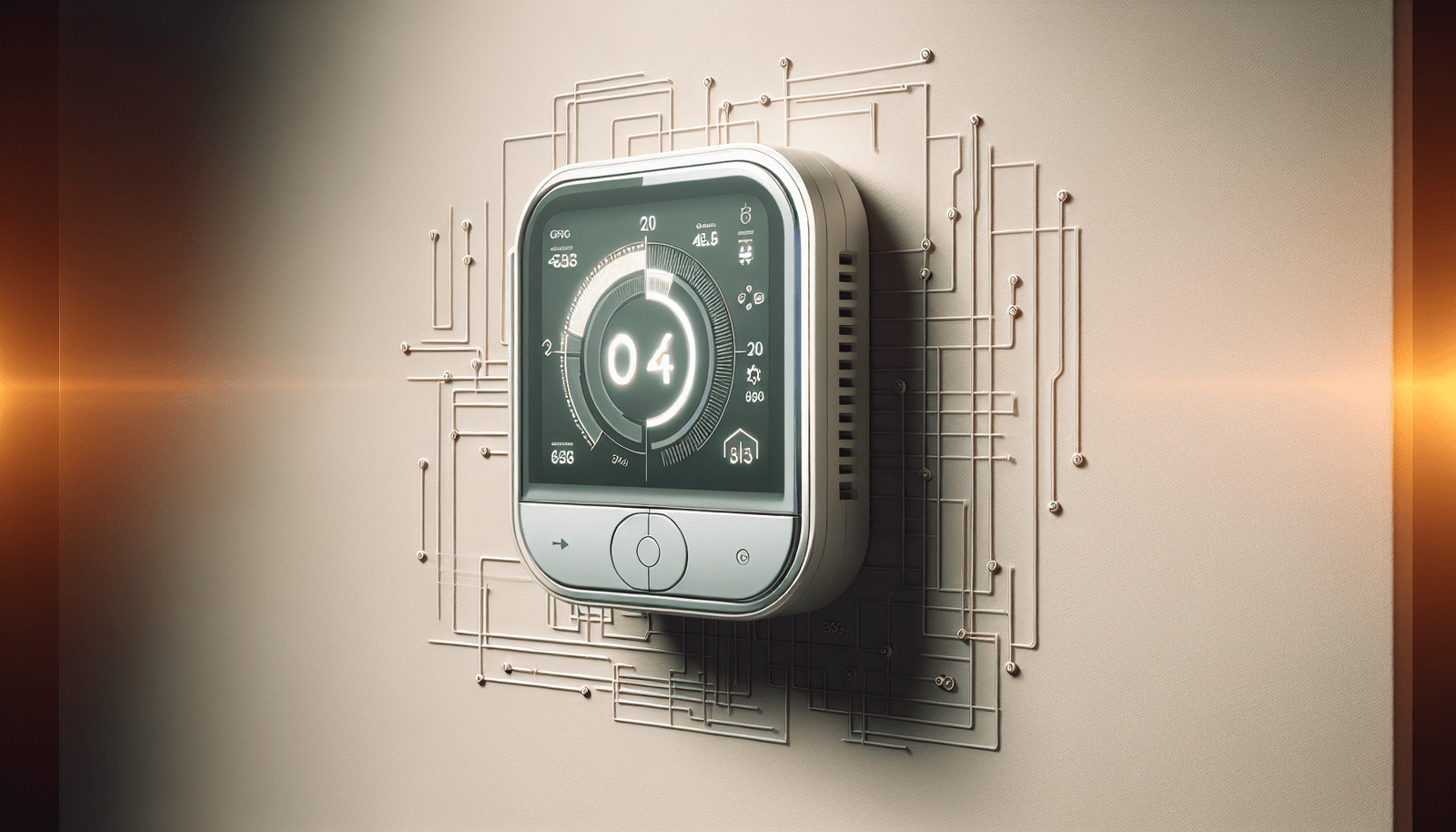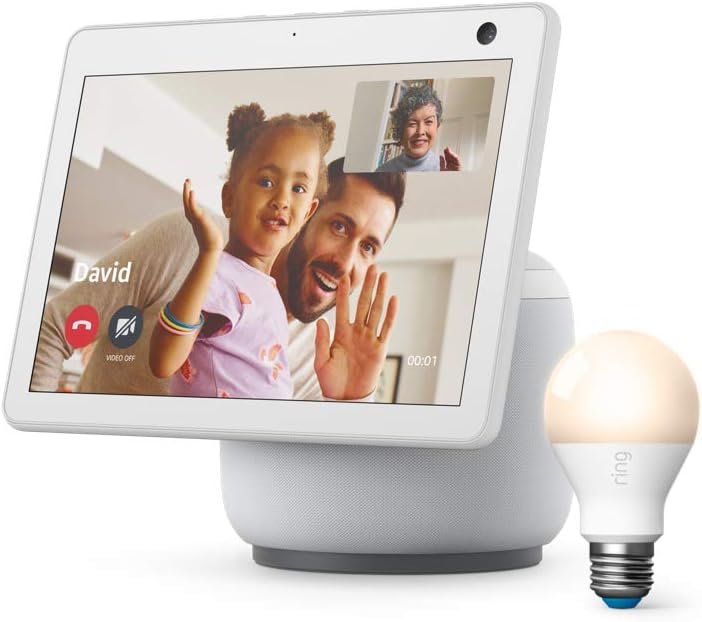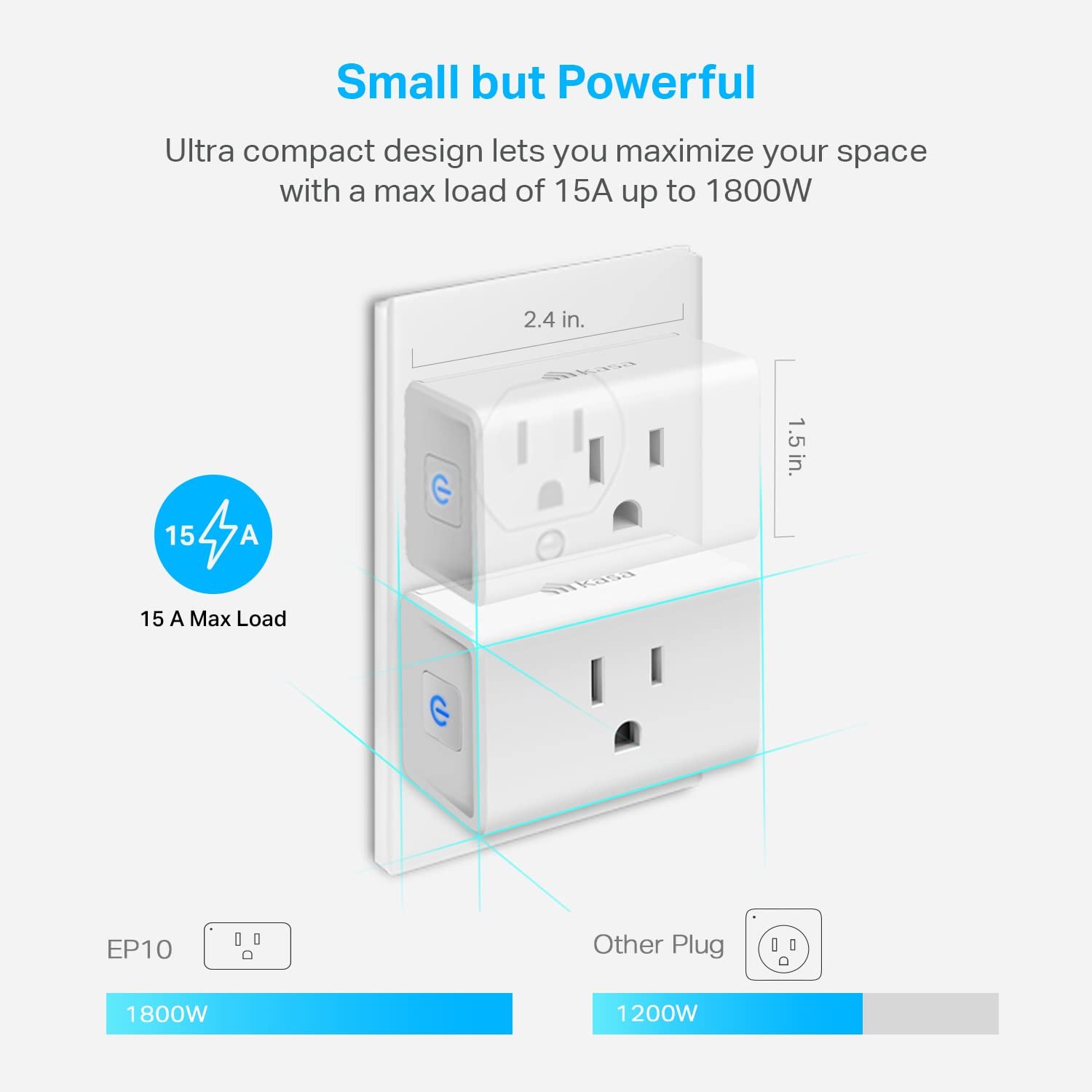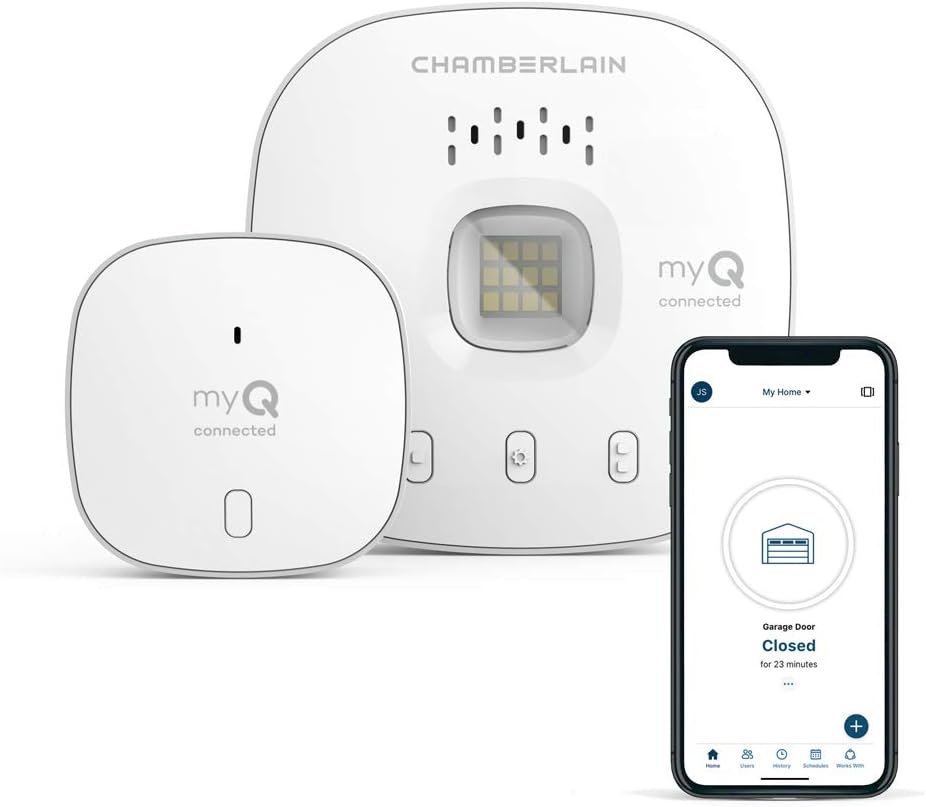Have you ever wondered if you can replace your regular thermostat with a smart thermostat? With the increasing popularity of smart home devices, many homeowners are exploring the potential benefits of upgrading their traditional thermostats. Smart thermostats offer a range of advantages, from energy efficiency to enhanced comfort, making them an appealing option for a variety of users.
Understanding Smart Thermostats
Smart thermostats are advanced devices that connect to your home’s Wi-Fi network, allowing for remote control via smartphones, tablets, or computers. Unlike conventional thermostats, smart thermostats offer a range of automated and learning features, which can adapt to your daily habits over time to optimize energy usage and improve comfort.
How Smart Thermostats Work
Smart thermostats integrate with your home’s heating, ventilation, and air conditioning (HVAC) system. They allow you to program specific heating and cooling schedules and make real-time adjustments based on environmental data, occupancy, and personal preferences. This intelligence enables them to minimize energy waste, effectively leading to reduced utility bills.
Benefits of Smart Thermostats
- Energy Efficiency: By learning your schedule and preferences, smart thermostats can adjust your home’s temperature to conserve energy during away periods or at night.
- Remote Access: Control your thermostat from anywhere using dedicated apps, which can be a significant convenience if your plans change unexpectedly.
- Learning and Adaptation: Many smart thermostats learn your routine and adjust accordingly, eliminating the need for constant manual reprogramming.
- Cost Savings: Energy-efficient operations often result in lower heating and cooling costs.
- Rebates and Incentives: Some energy companies offer rebates for installing smart thermostats, offsetting initial costs.
Comparing Regular and Smart Thermostats
When deciding if a smart thermostat is right for you, it’s crucial to compare it with your existing thermostat to understand the differences fully.
Features Comparison
| Feature | Regular Thermostat | Smart Thermostat |
|---|---|---|
| Remote Control | No | Yes |
| Programming | Limited or Manual | Advanced, Adaptive |
| Energy Usage Reports | No | Yes |
| Integration with Other Devices | No | Yes |
| User-Friendliness | Simple and Basic | Intuitive and Complex |
| Voice Control | No | Yes |
Cost and Installation
While smart thermostats generally have a higher initial cost than their regular counterparts, their potential for energy savings and available rebates can make them a cost-effective investment over time. Installation can vary in complexity. Some users may feel comfortable with a DIY approach, while others might prefer professional installation, especially when dealing with wiring complexities.
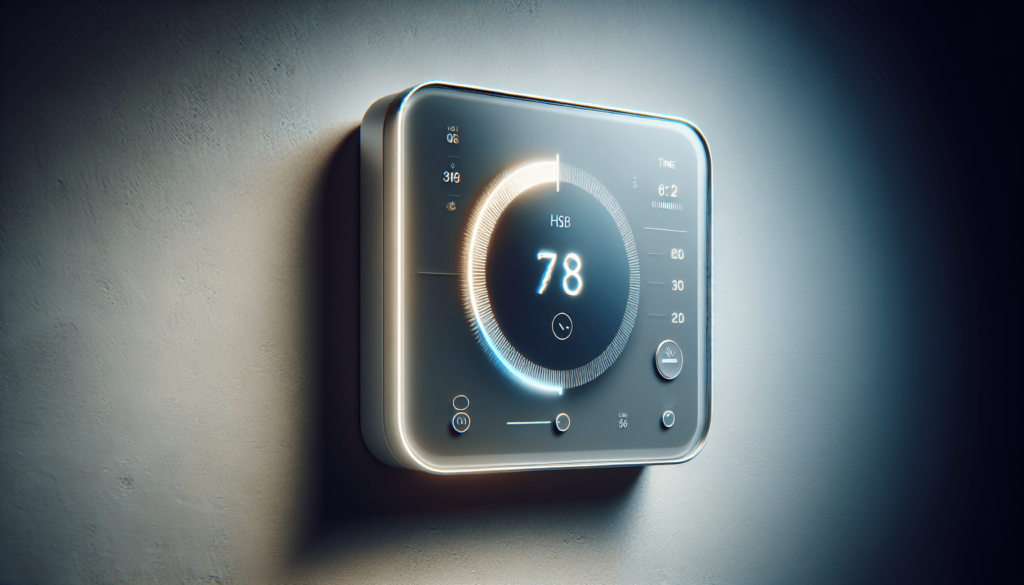
Selecting the Right Smart Thermostat
With several smart thermostats available in the market, choosing the right one involves considering factors such as compatibility with your HVAC system, ease of installation, and the features that align with your needs and lifestyle.
Factors to Consider
-
Compatibility: Ensure the thermostat you choose is compatible with your HVAC system. Some systems, especially older ones, may require additional components or professional installation.
-
Ease of Use: Look for intuitive interfaces and responsive apps. AI learning capabilities can further simplify adjustments by automating energy-saving features.
-
Integration with Smart Home Systems: Choose a thermostat that works seamlessly with your existing smart home devices and ecosystems, such as Amazon Alexa, Google Assistant, or Apple HomeKit.
-
Energy Efficiency and Features: Evaluate programmable settings, geofencing, multi-zone control, and learning capabilities. These features can facilitate substantial energy savings and personalized comfort.
-
Price and Budget: Weigh your budget against the features and potential energy savings. Initial costs can be mitigated by energy bill reductions over time.
Best Smart Thermostats of the Year
Here is a comparison of some of the top-rated smart thermostats based on functionality, user-friendliness, and cost-effectiveness:
| Brand | Model | Price Range | Key Features |
|---|---|---|---|
| Nest | Thermostat E | Moderate | Learning, Simple Design, Voice Control |
| ecobee | SmartThermostat | High | Room Sensors, Alexa Integrated |
| Honeywell | T9 | Moderate | Smart Room Sensors, Advanced Schedule |
| Sensi | Touch Smart | Affordable | Easy Install, Low Profile |
| Emerson | Wi-Fi Smart | Affordable | Geofencing, Energy Reports |
Energy Efficiency and Cost Savings
Energy efficiency is one of the primary drivers behind the adoption of smart thermostats. By leveraging advanced features, these devices can dramatically reduce your household’s energy consumption.
Understanding Energy Savings
Smart thermostats optimize heating and cooling by using real-time data and predictive algorithms to adjust temperatures based on your habits and preferences. They can identify when you’re away or asleep and modify settings to conserve energy, essentially eliminating wasteful heating or cooling.
Quantifying Savings
Many homeowners experience a reduction in utility bills after installing a smart thermostat. Although actual savings can vary, the efficiency improvements can lead to substantial reductions in annual energy costs. Some estimates suggest a 10-20% reduction in heating and cooling expenses, though these numbers can fluctuate based on climate, home size, and user settings.
Available Rebates
To make these devices more accessible, utility companies, and state energy programs, often provide rebates for installing smart thermostats. This support can significantly decrease the out-of-pocket expense, accelerating the return on investment.
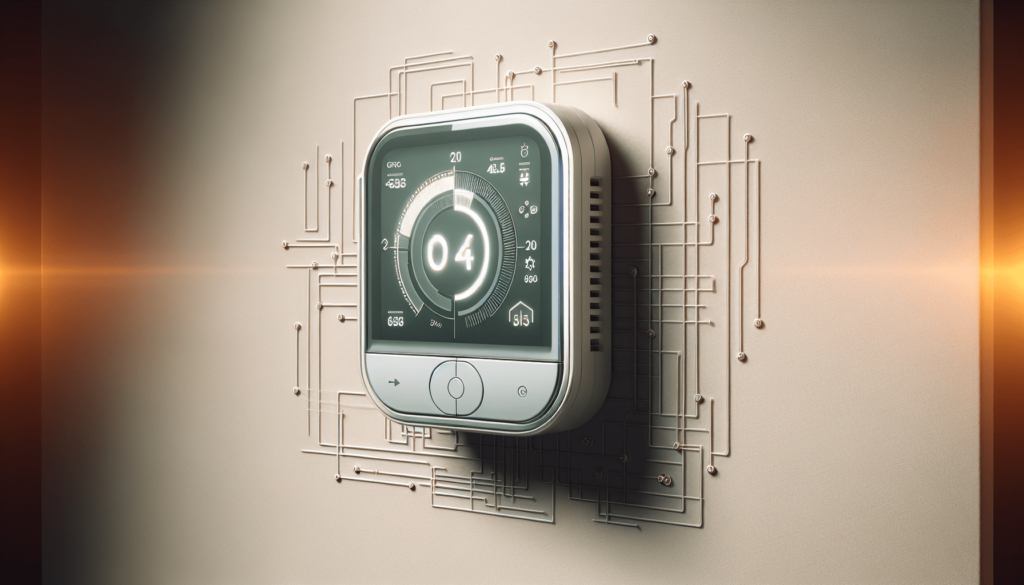
Installation and Troubleshooting Guidance
Understanding the installation process and potential troubleshooting involved with smart thermostats is crucial, especially for DIY enthusiasts and renters.
DIY Installation Tips
For those opting for self-installation, here are some steps to follow:
-
Shut Off Power: Always turn off power to your HVAC system to avoid electrical hazards.
-
Label Wires: When removing the existing thermostat, carefully label each wire to ensure correct connections later.
-
Follow Manufacturer Instructions: Use the detailed installation guides and videos from the thermostat manufacturer to ensure accuracy.
-
Use a Professional: If your system requires compatibility adapters or you encounter unexpected wiring, you might want to consider professional installation.
Common Troubleshooting Issues
- Connectivity Problems: Ensure your Wi-Fi is stable and within range. A signal booster may be necessary for some setups.
- Inaccurate Temperature Readings: Check for location-related issues like direct sunlight affecting sensors, and recalibrate if needed.
- Compatibility Issues: Verify all software updates and check the HVAC system’s compatibility.
Advanced Features: Beyond Basic Temperature Control
Modern smart thermostats offer advanced functionalities that can transform how you control and interact with your home’s climate.
AI Learning
Artificial intelligence can revolutionize your home’s energy efficiency. By studying your routines, AI-enabled thermostats predict your needs more accurately and adjust settings for optimal performance without manual input.
Geofencing
Many smart thermostats use geofencing to detect when you leave your house and automatically adjust the temperature to save energy. Similarly, they can begin heating or cooling your home before you arrive, ensuring the perfect temperature when you enter.
Voice Assistant Integration
Integration with voice assistants such as Amazon Alexa or Google Assistant offers hands-free control, allowing you to adjust temperatures effortlessly with vocal commands.
Multi-Zone Control
Some models provide multi-zone control, allowing different areas of your home to maintain separate temperatures, increasing comfort and efficiency, especially in larger homes.
Are Smart Thermostats Worth the Investment?
Considering the benefits and costs, whether a smart thermostat is worth the investment depends on your specific circumstances, preferences, and goals.
For Homeowners
Smart thermostats can significantly boost energy efficiency, provide cost savings, and enhance comfort, making them an excellent choice for those planning to stay in their homes long-term.
For Renters
While renters can reconsider based on lease agreements or temporary living situations, portable models that require minimal installation could offer a feasible path.
For Budget-Conscious Consumers
Despite a higher upfront cost, the potential energy savings and available rebates often justify the investment over time, especially with continuously rising energy costs.
Conclusion
In conclusion, replacing a regular thermostat with a smart thermostat can offer significant advantages, from enhanced energy efficiency to greater control and comfort. Whether for tech-savvy users interested in smart home automation or those looking to decrease energy bills, smart thermostats represent a modern approach to managing home climate efficiently. By considering compatibility, features, costs, and personal circumstances, you can determine if this upgrade aligns with your home improvement and energy conservation goals.
Disclosure: As an Amazon Associate, I earn from qualifying purchases.
